Dinosaurs weren’t just giant lizards stomping around for no reason.
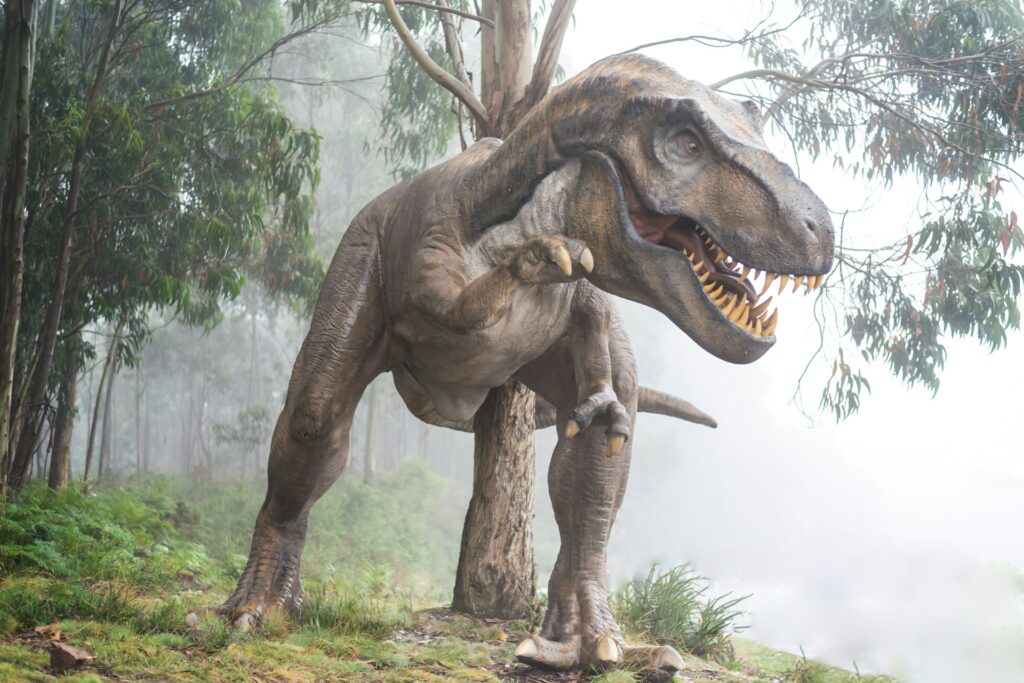
In reality, they were highly effective predators with hunting skills shaped by millions of years of evolution. Their hunting strategies were diverse, complex, and honed for survival in tough environments. And while the animals themselves are long gone, many of the techniques they used would still be devastatingly effective in modern ecosystems. Whether it’s dense forests, open plains, coastal wetlands, or arid scrublands, these prehistoric tactics would hold their own in today’s wild landscapes. These are some of the strategies they used that are still in place for other species even all these millions of years later.
1. Ambush attacks from cover
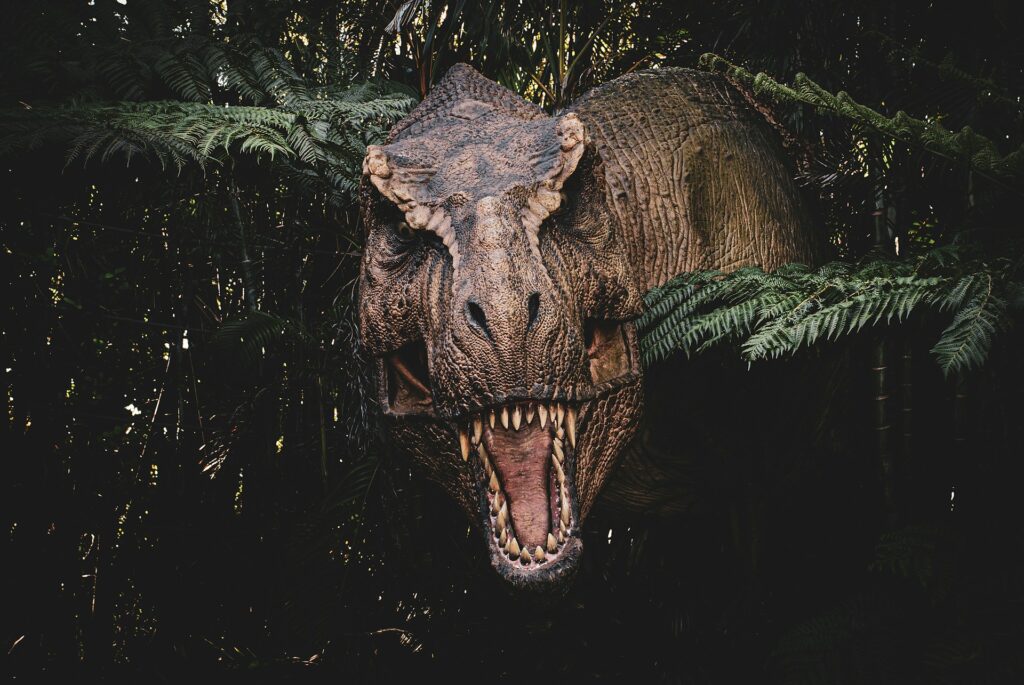
Many dinosaurs, particularly smaller and mid-sized predators, were likely ambush hunters. Like today’s crocodiles, leopards, and snakes, species like Velociraptor may have used tall grass, foliage, or rocky outcrops to conceal themselves. Lying in wait before delivering a rapid, high-impact strike meant they could conserve energy and still bring down fast-moving or powerful prey. In a modern setting—say, a jungle in Southeast Asia or the savannahs of Africa—this same strategy would be just as effective. Stealth plus surprise is a timeless combination.
2. Pack hunting for large prey
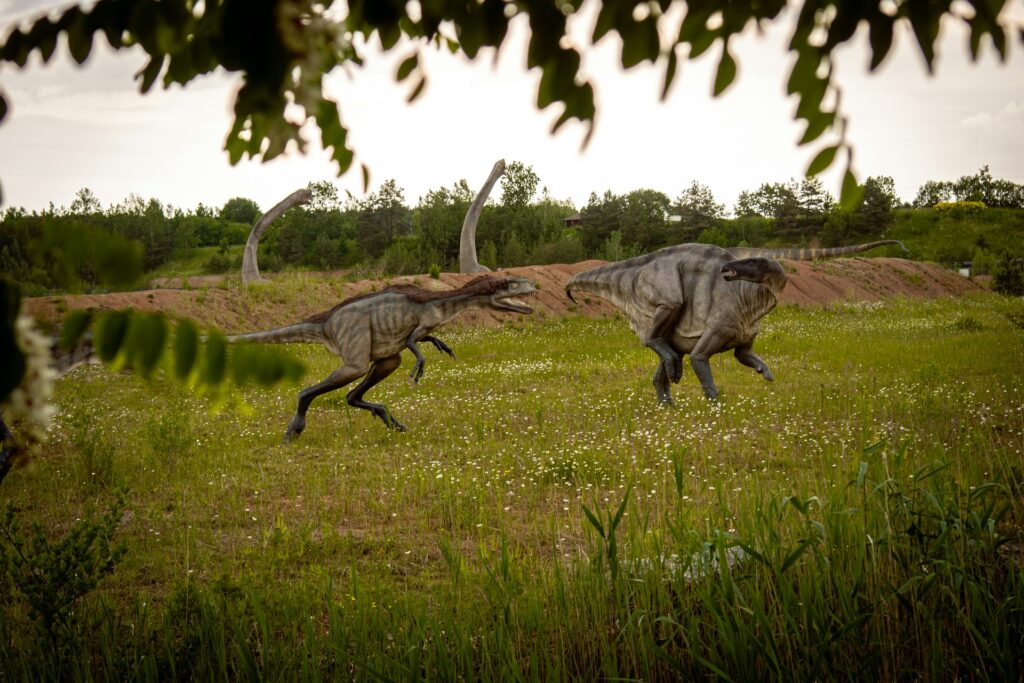
While not all dinosaurs hunted in groups, some like Deinonychus—and possibly juvenile Tyrannosaurus rex—may have worked together to bring down large herbivores. Fossil evidence of group kill sites supports the idea of coordinated hunts. This tactic, seen today in wolves, wild dogs, and even orcas, allows predators to take on prey far larger than themselves by isolating the weak and overwhelming them. If brought back today, these prehistoric packs would likely rival or even outperform many of today’s apex pack hunters.
3. Quick-hit speed chases

Ornithomimids and other lightweight, bipedal dinosaurs had long legs and streamlined bodies, suggesting they were built for speed. These sprinters likely chased down small prey in short, powerful bursts before quickly retreating or repositioning. Think of how cheetahs hunt—explosive acceleration followed by a swift takedown. In open habitats like grasslands or deserts, this style of hunting would still dominate, especially with the ability to outrun and outmanoeuvre agile prey.
4. Coordinated distraction tactics
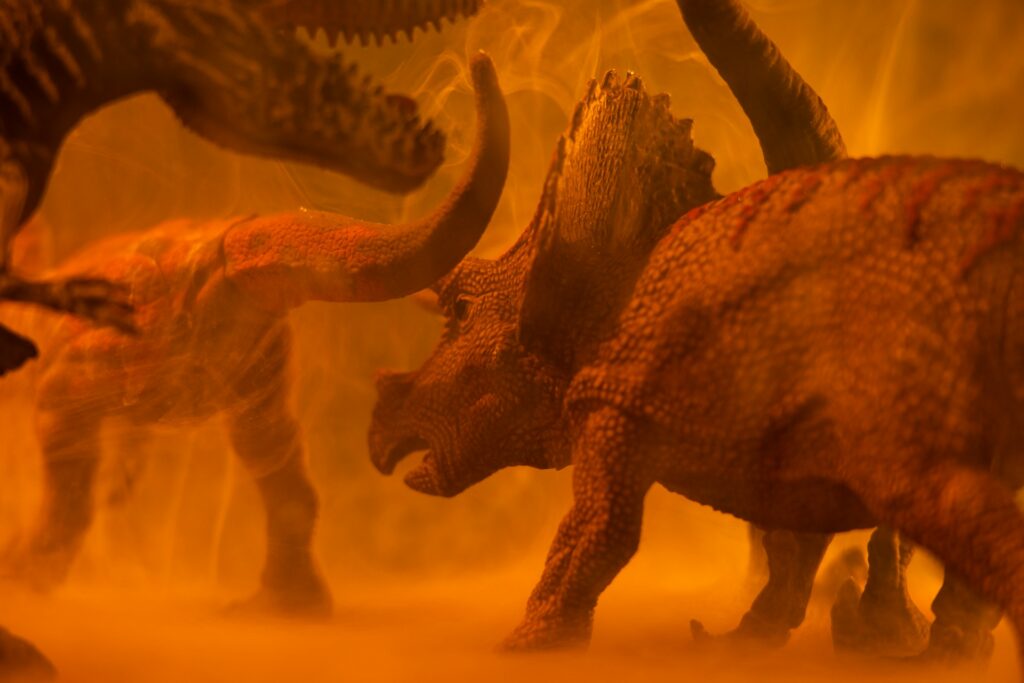
Some raptors may have used decoys or distracting manoeuvres to confuse prey. One or two individuals might lure an animal into a vulnerable position while others attacked from behind. Modern birds like Harris’s hawks use a similar group hunting strategy, coordinating in tight units to flush out and ambush prey. This type of tactical deception requires intelligence and communication—and dinosaurs, particularly maniraptorans, showed signs of both. In modern settings, this kind of cooperation would make them formidable in both urban and wild areas.
5. Targeting weak or young animals
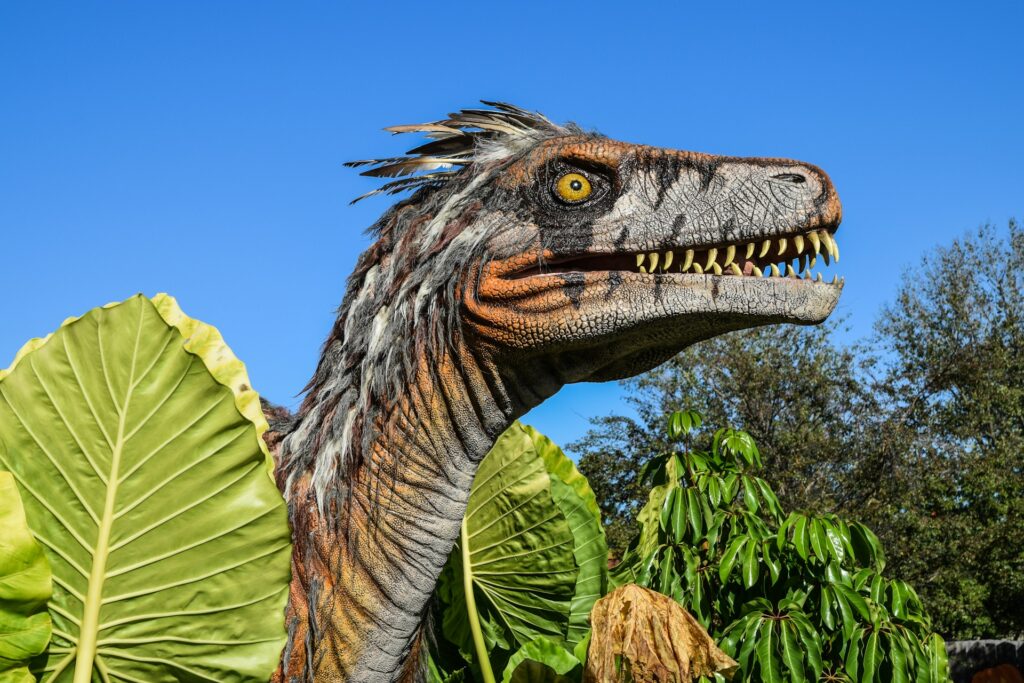
Predators throughout history have taken advantage of vulnerability. Whether it’s the sick, old, or young, these are often the easiest targets. Dinosaurs would have followed the same rule. Juvenile hadrosaurs or injured sauropods would be far easier to chase down than healthy adults. Today’s lions, hyenas, and wolves still employ this method, and for good reason: it’s low risk and high reward. In almost any modern ecosystem, this tactic remains brutally effective.
6. Using size and intimidation
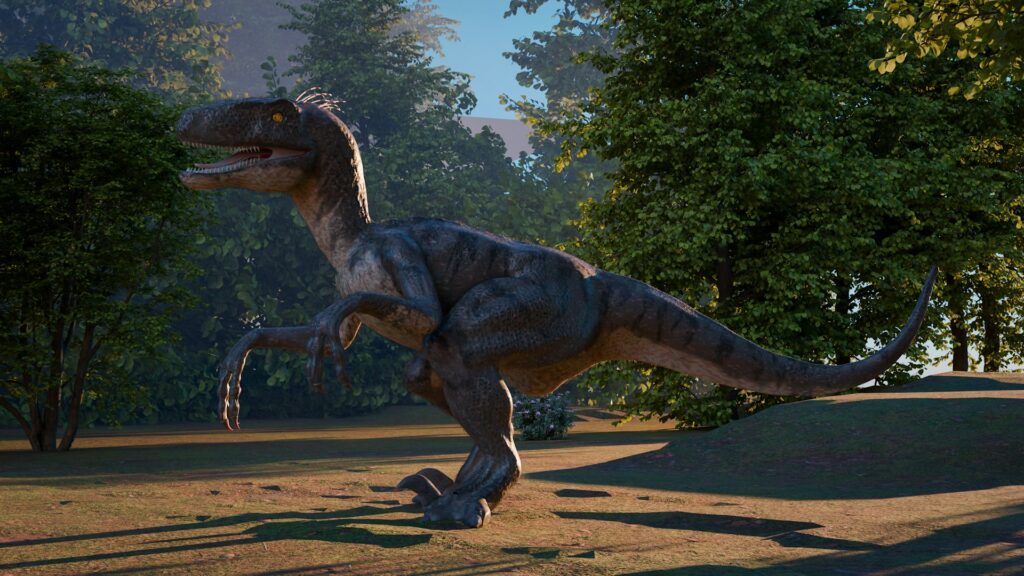
Large theropods like Tyrannosaurus rex likely used their immense size to intimidate and scatter prey before striking. A massive body, crushing bite force, and thunderous presence could cause panic in herds, making it easier to single out and kill a straggler. It’s not always about stealth—sometimes raw power and presence do the job. Modern elephants and bears use their size similarly to dominate landscapes. A predator as imposing as a T. rex would likely rule any present-day wilderness by fear alone.
7. Night-time stealth and surprise
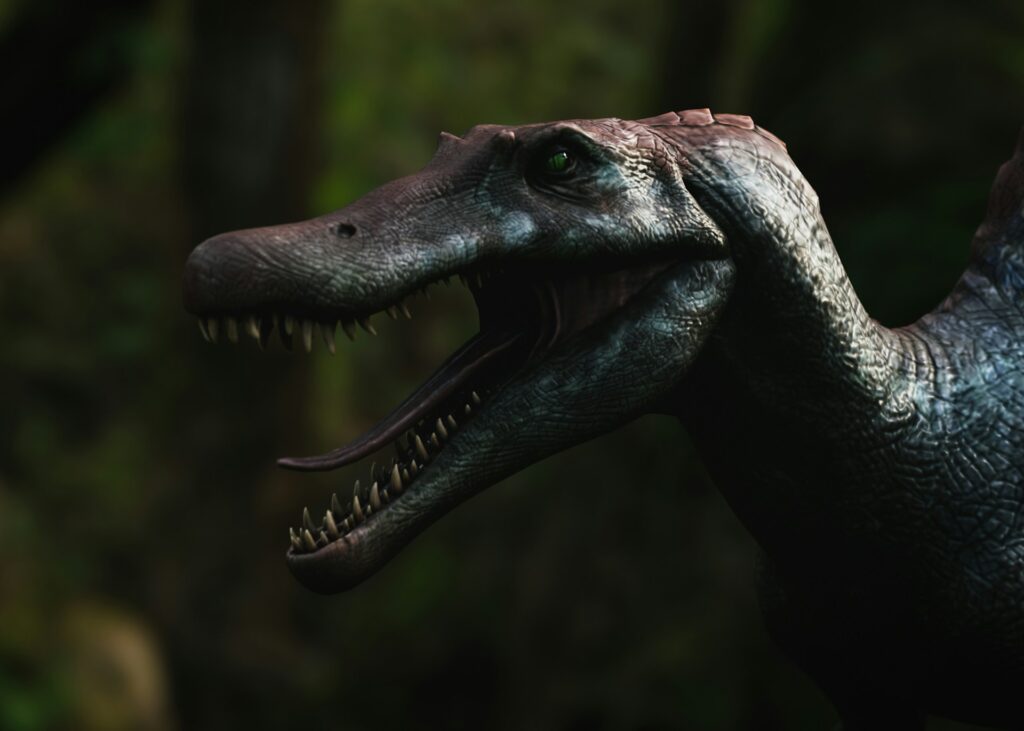
Fossil evidence suggests some dinosaurs may have had excellent low-light vision, implying they could hunt at dawn, dusk, or even in full darkness. Nocturnal hunting opens up a different menu of prey—creatures that feel safe under cover of night. Owls, leopards, and pythons all use the cover of darkness to gain the upper hand. Dinosaurs that hunted at night would thrive in modern jungles and woodlands, where visibility is low and silence is golden.
8. Clawed grappling attacks
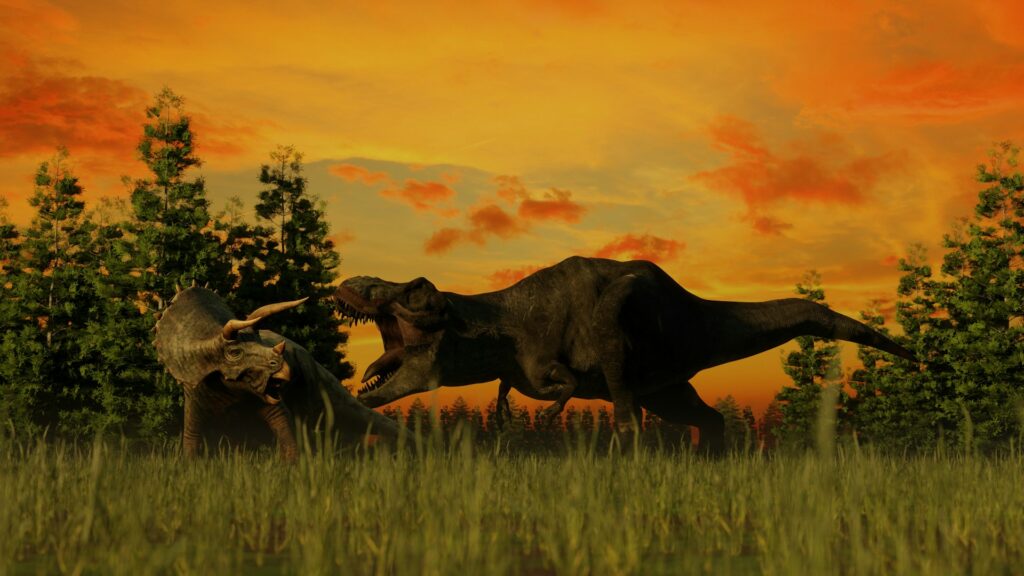
Velociraptors are often depicted with deadly claws—and for good reason. Their sickle-shaped toe claws were likely used to grip and hold prey, creating an opportunity to deliver fatal bites. This grappling method is seen today in eagles, hawks, and big cats, who pin prey before finishing the kill. The advantage of locking a target in place and preventing escape remains as relevant today as it was 100 million years ago.
9. Opportunistic scavenging
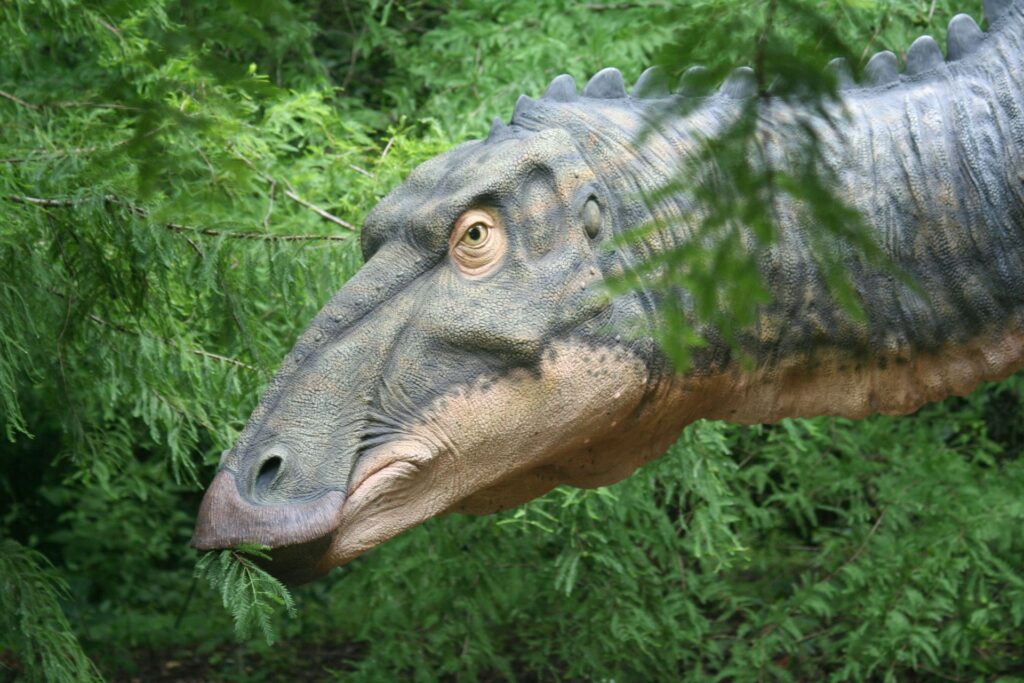
Not every predator has to be a killer. Scavenging was likely a key part of survival for many dinosaur species. Picking over carcasses, following herds, and stealing kills from other predators are all tactics used by today’s scavengers like vultures, jackals, and coyotes. Dinosaurs like T. rex, with their powerful sense of smell, could easily have located dead or dying prey over long distances. In modern wilderness areas where food is unpredictable, a skilled scavenger still has the upper hand.
10. Territory-based ambush and trap zones
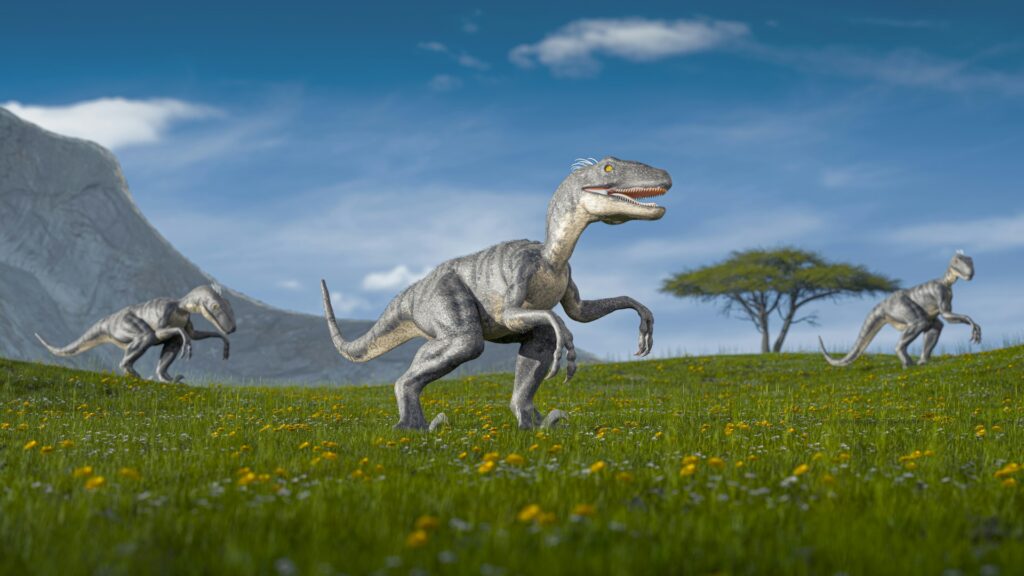
Predators like Allosaurus may have used their familiarity with certain landscapes to set up kill zones. These dinosaurs likely learned the best ambush spots—where prey herded, where escape routes narrowed, or where natural traps existed. This territorial knowledge gave them the upper hand. Today’s big cats, crocodiles, and snakes use similar methods—lying in wait by waterholes, game trails, or dense vegetation. Strategic use of territory would remain a key hunting edge in today’s fragmented ecosystems.
The hunting techniques that helped dinosaurs thrive weren’t primitive or outdated.

They were the result of countless generations of evolution and natural selection. What’s fascinating is how many of these tactics remain virtually unchanged today, used by some of the world’s most successful predators. If dinosaurs were suddenly dropped into modern ecosystems, their skills wouldn’t be obsolete. They’d still be top-tier hunters—adaptable, intelligent, and dangerous. Evolution may have moved on, but great strategies never go out of style.